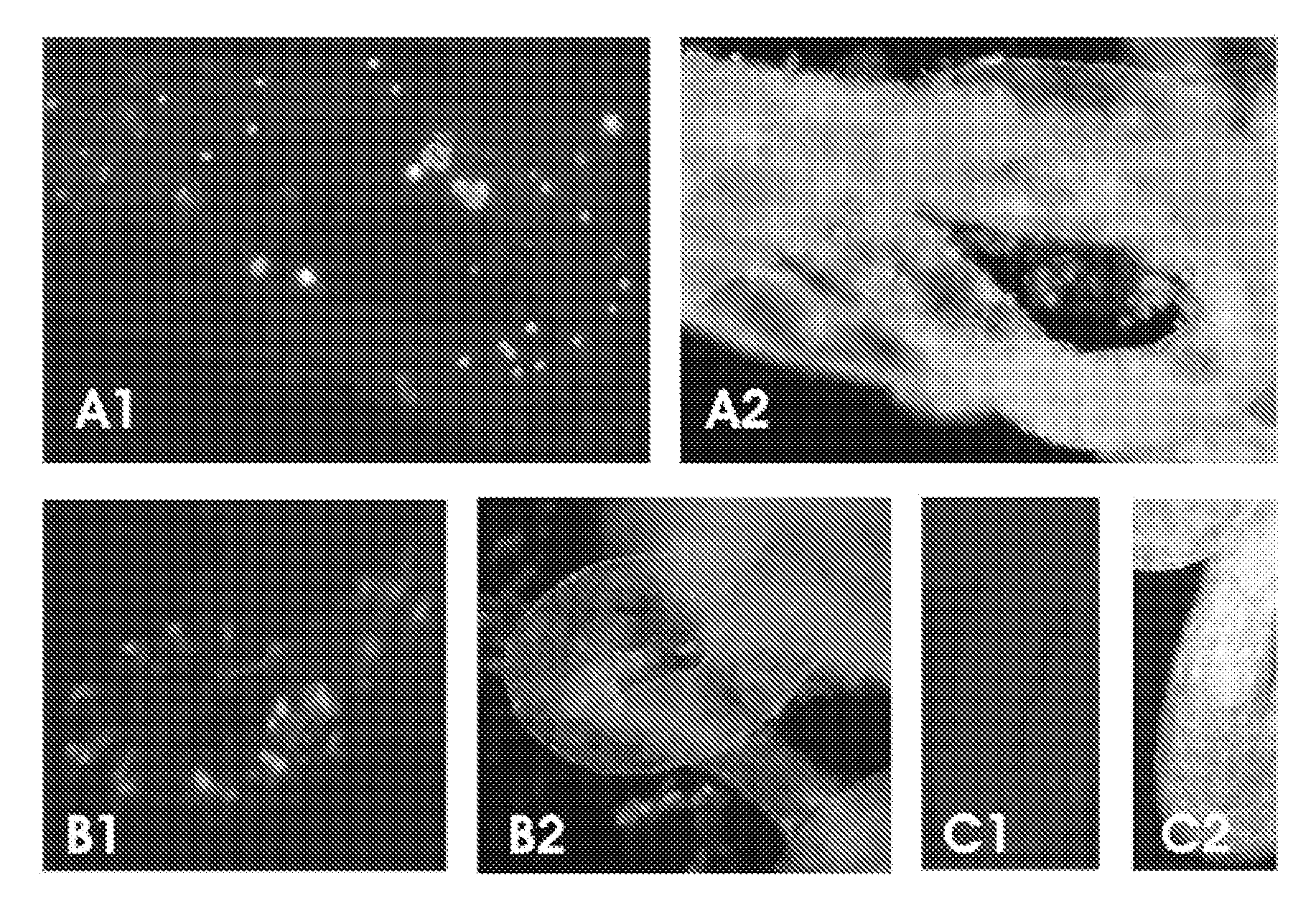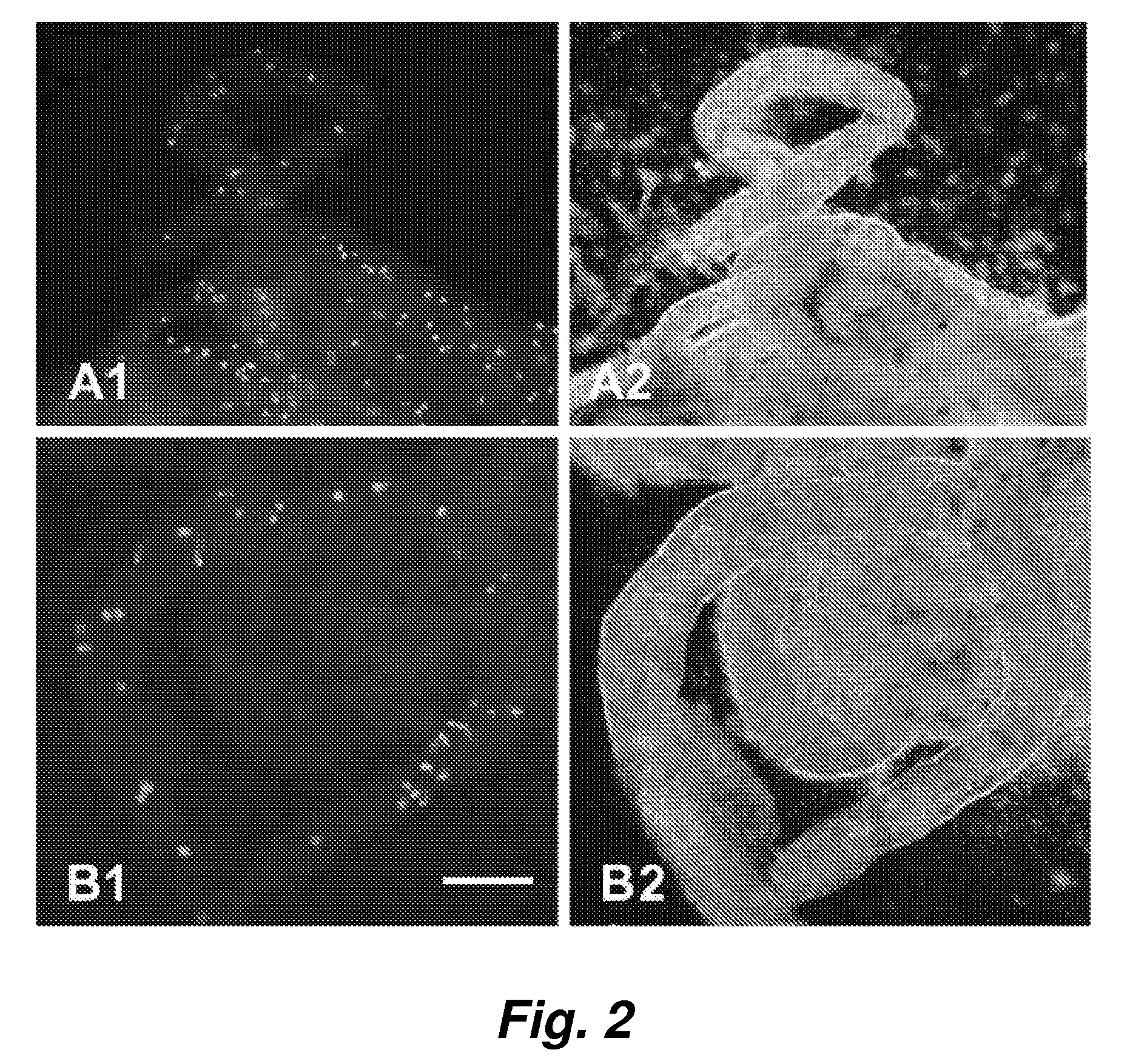Adult bone marrow cell transplantation to testes creation of transdifferentiated testes germ cells, leydig cells and sertoli cells
a technology of transdifferentiated testes and adult bone marrow cells, which is applied in the field of adult bone marrow cell transplantation to testes creation of transdifferentiated testes germ cells, leydig cells and sertoli cells, can solve the problems of inability to detect bm and hsc contributions to nonhematopoietic tissues, and the possibility has been almost entirely untested, so as to increase testosterone production and increase sperm production.
- Summary
- Abstract
- Description
- Claims
- Application Information
AI Technical Summary
Benefits of technology
Problems solved by technology
Method used
Image
Examples
example 1
Fate of Bone Marrow Stem Cells Transplanted into the Testis
[0050] To assess adult stem cell differentiation in the testis, we injected bone marrow cells from adult green fluorescent protein (GFP) transgenic mice into the seminiferous tubules and the testicular interstitium of busulfan-treated wild-type or c-kit mutant (W / Wv) mice. Ten to 12 weeks after transplantation, we examined the fate of the transplanted bone marrow cells and found that they survived in recipient testes. In both the busulfan-treated and W / Wv mice, some of the GFP-positive donor cells had a Sertoli cell appearance and expressed follicle-stimulating hormone receptor within the seminiferous tubules. In addition, GFP-positive donor cells were found in the interstitium of recipient testes, and they expressed the cytochrome P450 side chain cleavage enzyme (P450scc). In the seminiferous tubules of busulfan-treated mice, GFP-positive donor cells had the appearance of spermatogonia or spermatocytes and expressed VASA. ...
PUM
| Property | Measurement | Unit |
|---|---|---|
| cell-doubling time | aaaaa | aaaaa |
| pH | aaaaa | aaaaa |
| cell mass | aaaaa | aaaaa |
Abstract
Description
Claims
Application Information
 Login to View More
Login to View More - R&D
- Intellectual Property
- Life Sciences
- Materials
- Tech Scout
- Unparalleled Data Quality
- Higher Quality Content
- 60% Fewer Hallucinations
Browse by: Latest US Patents, China's latest patents, Technical Efficacy Thesaurus, Application Domain, Technology Topic, Popular Technical Reports.
© 2025 PatSnap. All rights reserved.Legal|Privacy policy|Modern Slavery Act Transparency Statement|Sitemap|About US| Contact US: help@patsnap.com



